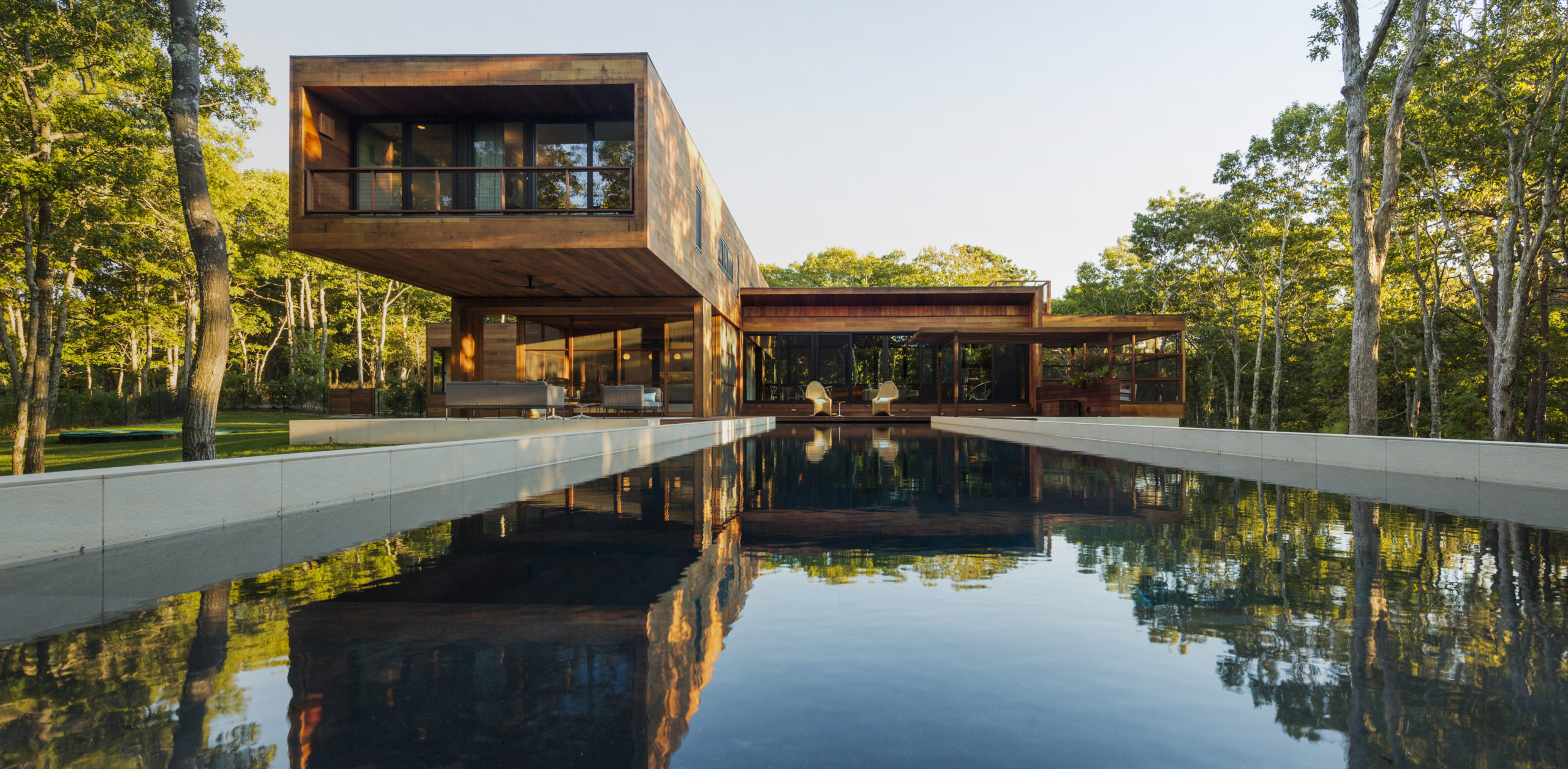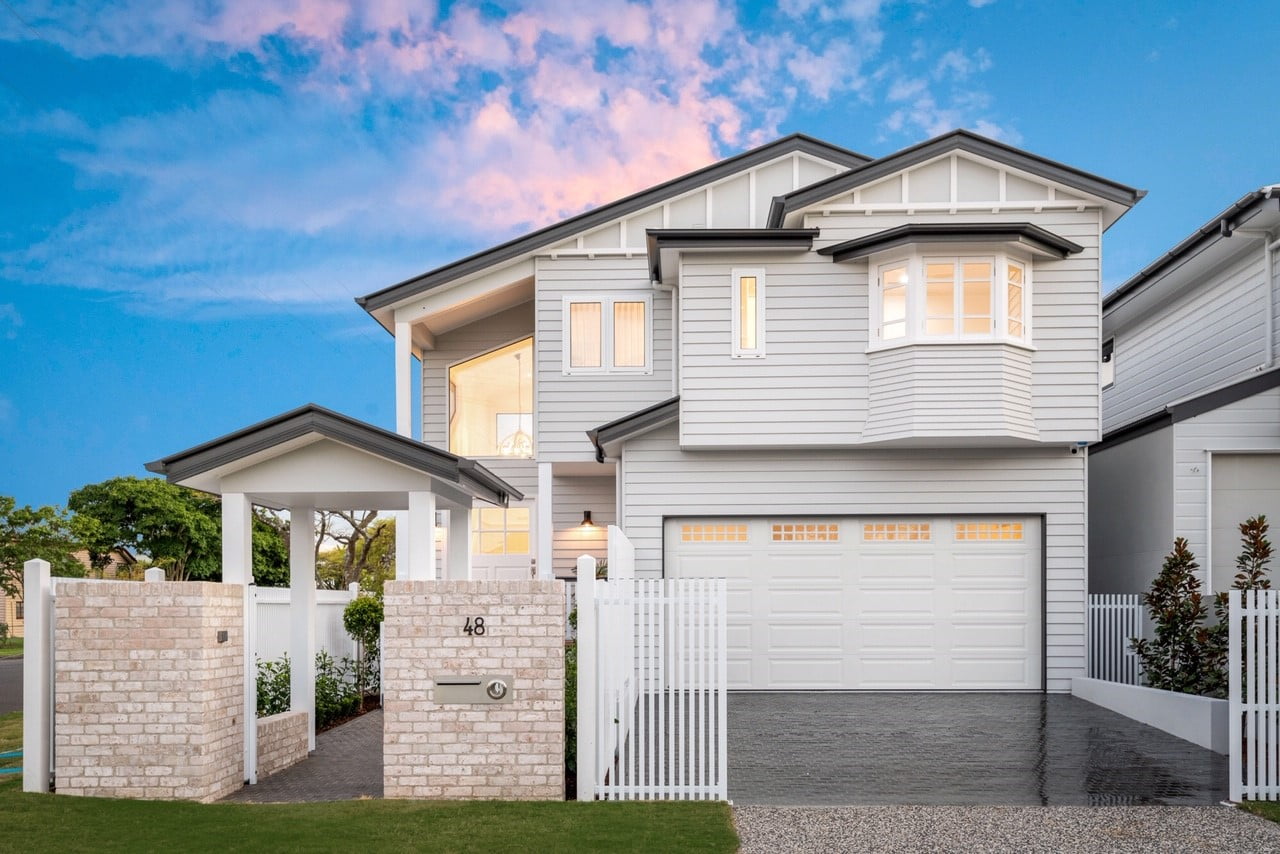Residential Architecture Homes Designed for Comfort, Aesthetics, and Functionality
Wiki Article
Leading Fads in Residential Design You Must Learn About
As residential design remains to progress, several engaging trends are forming the means we develop and inhabit our home. Key growths such as sustainable building techniques, the combination of smart home technology, and the rise of modular homes underscore a considerable shift in the direction of both capability and environmental responsibility. In addition, ideas like open strategy living and biophilic design are redefining our communication with space and nature. Comprehending these trends not just educates style selections yet also reveals more comprehensive implications for way of living and community - residential house architect. What might these technologies suggest for the future of residential living?
Lasting Building Practices
A boosting number of household projects are embracing lasting structure methods, driven by an expanding awareness of environmental effect and power efficiency. This shift is identified by the assimilation of environmentally friendly materials, energy-efficient designs, and cutting-edge building and construction methods. House owners and building contractors are significantly prioritizing using renewable energies, such as bamboo and recycled steels, which not just minimize the carbon footprint however also enhance the resilience and aesthetic appeal of buildings.Incorporating energy-efficient systems is another essential element of sustainable structure - residential house architect. Features such as high-performance insulation, energy-efficient windows, and solar panels are coming to be standard in brand-new property designs. These aspects not only add to reduced energy consumption but additionally give substantial long-lasting financial savings for homeowners
Additionally, the layout of lasting homes often emphasizes all-natural light and air flow, decreasing the reliance on synthetic illumination and climate control systems. Landscaping practices, such as xeriscaping, further promote sustainability by minimizing water usage.
As the need for sustainable living remedies remains to rise, the household architecture market is positioned to adjust and innovate, guaranteeing that future homes are not only eco accountable however additionally comfortable and useful for their residents. - residential house architect
Smart Home Innovation
Smart home innovation is transforming the way home owners engage with their living spaces, improving power, comfort, and safety administration. This cutting-edge strategy incorporates various gadgets and systems, permitting individuals to manage their homes from another location or via automated procedures. Central to this trend is making use of clever tools such as thermostats, lighting, security cams, and devices, all connected using the Internet of Points (IoT)Among the most enticing features of wise home innovation is the ability to personalize settings for optimal energy efficiency. House owners can check power usage and readjust cooling, illumination, and home heating based on their regimens, dramatically reducing energy expenses. Innovative safety systems furnished with wise locks and surveillance electronic cameras provide peace of mind, enabling remote monitoring and signals to possible safety and security violations.
Combination with voice-activated assistants improves user experience, permitting house owners to manage tools with basic voice commands. As innovation proceeds to progress, the potential for clever home systems to enhance lifestyle expands, making them a necessary consideration in contemporary household architecture. Ultimately, clever home technology is not simply a trend however a basic change toward extra smart living environments.
Open Principle Living
Open concept living has become a specifying function in modern domestic style, characterized by the elimination of typical obstacles between areas. This style viewpoint advertises fluidness and connection within the home, enabling a smooth transition between locations such as the kitchen, dining, and living areas. By getting rid of wall surfaces and partitions, open principle designs develop a feeling of spaciousness, fostering an inviting ambience that enhances social communication.
Additionally, this strategy to domestic layout aligns with minimalism, focusing on practical simplicity and aesthetic comprehensibility. Homeowners appreciate the convenience of these layouts, which can be easily adapted to show individual design via furniture plan and decoration. As open principle living continues to acquire traction, it stays a testimony to evolving family dynamics and the wish for homes that improve link and convenience.
Biophilic Layout
Biophilic layout has actually come to be increasingly substantial in property design, emphasizing the intrinsic connection in between human beings and nature. This layout philosophy seeks to integrate natural environments right her latest blog into living rooms, therefore cultivating a sense of wellness and enhancing the lifestyle for residents. By incorporating features such as natural light, plant life, and natural products, biophilic style advertises a harmonious relationship in between interior atmospheres and the environment.Key components of biophilic style include big home windows that provide unhampered sights of outside landscapes, living walls that present greenery right into insides, and open floor strategies that urge air flow and natural light infiltration. Water functions, both within and outside the home, offer to produce relaxing atmospheres and boost sensory experiences.
In addition, making use of sustainable products not only sustains environmental stewardship yet also contributes to healthier interior air high quality. As awareness of ecological problems increases, homeowners are progressively focusing on styles that mirror their connection to nature. Fundamentally, biophilic style not just elevates visual appeal however additionally read here addresses emotional and emotional requirements, making it an important trend in contemporary residential design.
Modular and Prefab Residences

Furthermore, modular and prefab homes are developed with sustainability in mind. Numerous producers use environment-friendly materials and energy-efficient systems, such as photovoltaic panels and advanced insulation techniques, adding to lowered power usage and lower energy expenses for property owners. The flexibility of design options permits modification, accommodating diverse practical requirements and visual preferences.
As the need for budget-friendly real estate proceeds to climb, prefab and modular homes offer a practical option, resolving both economic and ecological challenges. Areas are increasingly recognizing the capacity of these frameworks, integrating them into metropolitan and rural settings. On the whole, the pattern towards modular and prefab homes symbolizes a shift towards a lot more lasting, efficient, and adaptable living environments, making them a pivotal element of contemporary property style.
Conclusion
Lasting building practices and smart home modern technologies enhance effectiveness and comfort, while open concept living and biophilic design foster social communication and a connection to nature. The increase of modular and prefab homes offers personalized and budget friendly remedies, mirroring a wider shift in the direction of practical and responsible living.Trick growths such as sustainable structure methods, the integration of wise home technology, and the surge of modular homes highlight a significant change towards both performance and environmental obligation.The surge of modular and prefab homes has actually transformed the household design landscape, supplying ingenious remedies for effective and lasting living.Furthermore, prefab and modular homes are designed with sustainability in mind. Generally, the trend toward modular and prefab homes indicates a shift toward more sustainable, effective, and versatile living environments, making them an essential facet of contemporary domestic style.
site web Lasting structure practices and wise home modern technologies boost efficiency and comfort, while open principle living and biophilic layout foster social interaction and a connection to nature.
Report this wiki page